Same Day Shipping EMI & COD on most products
Trusted Partner Since 1969
GST B2B Billing  Help
Help  00919699976817
00919699976817
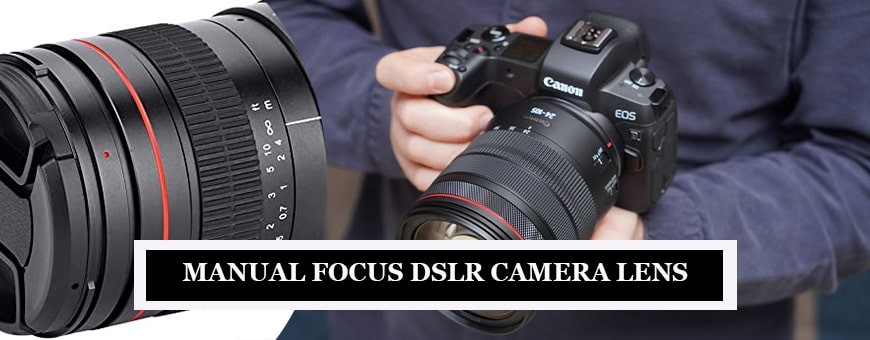
Showing 1–24 of 60 results
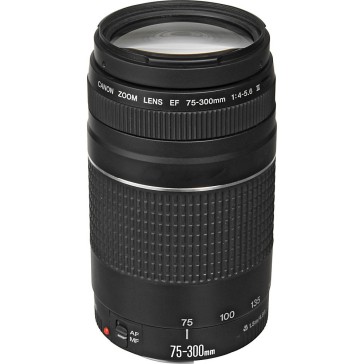


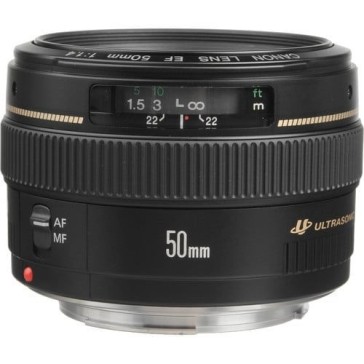
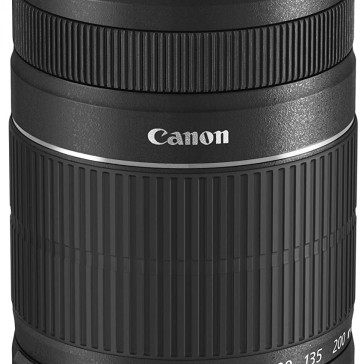
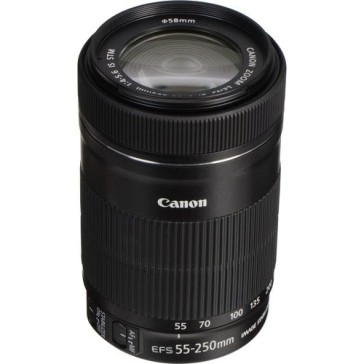
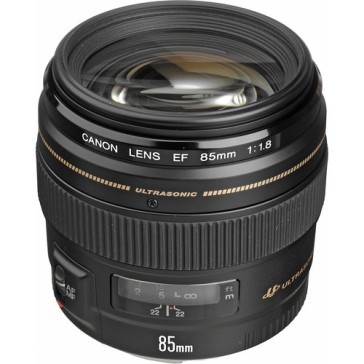
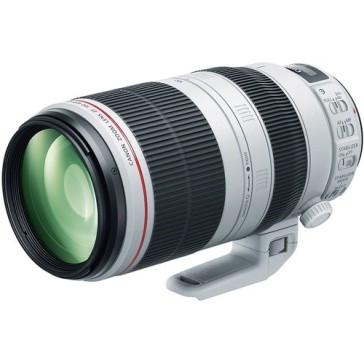
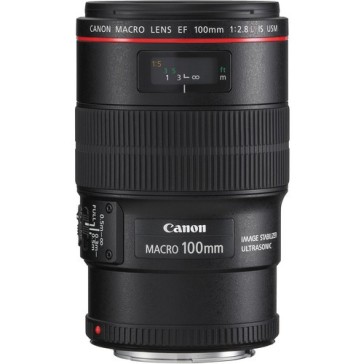
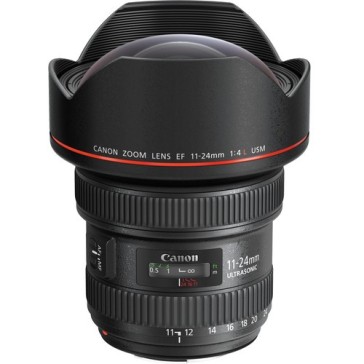
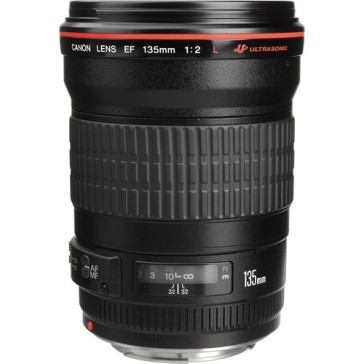
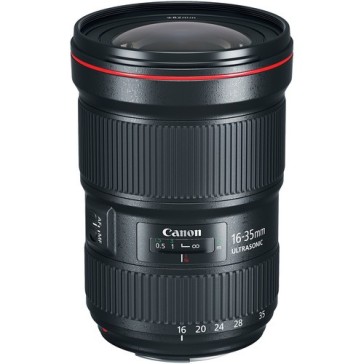
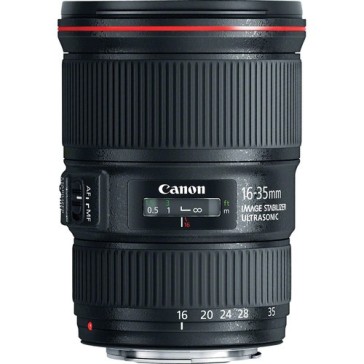
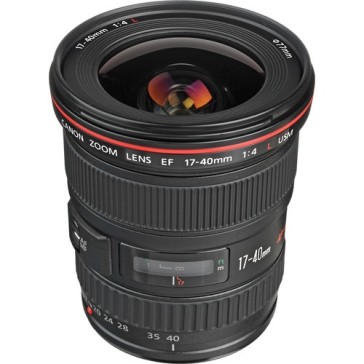
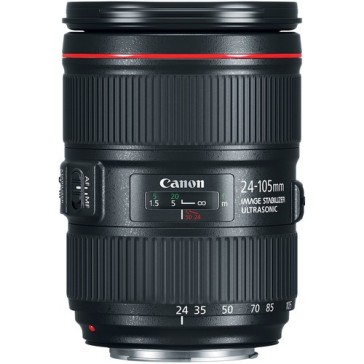
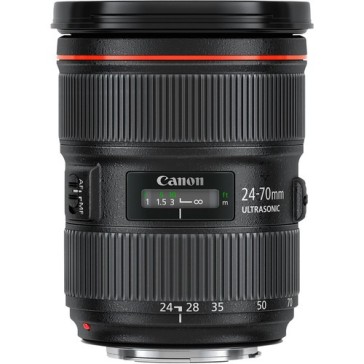
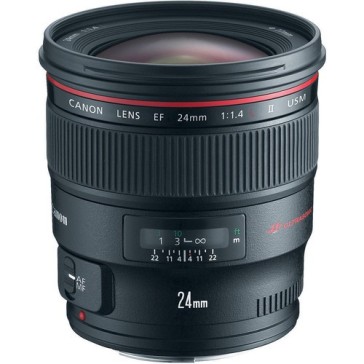
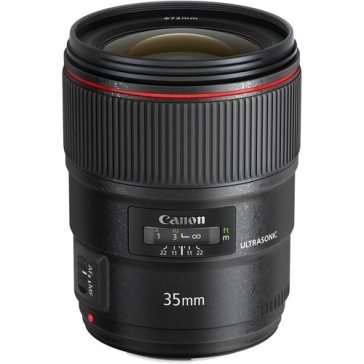
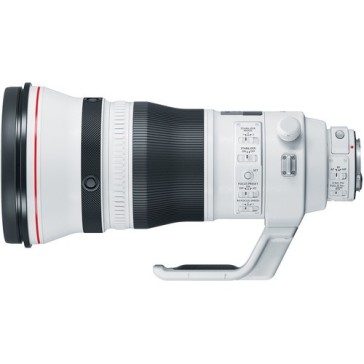
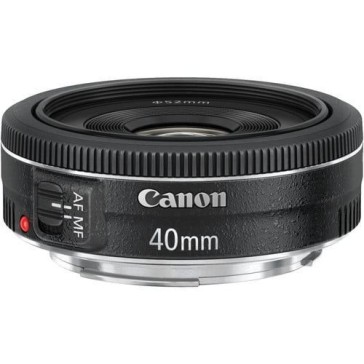
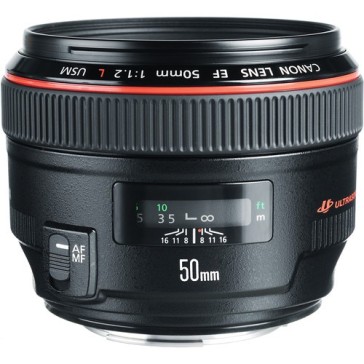
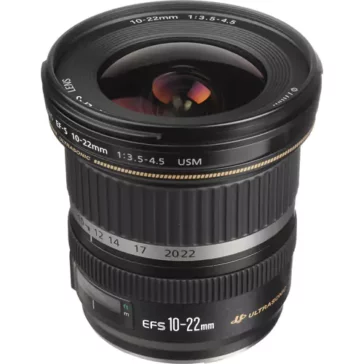
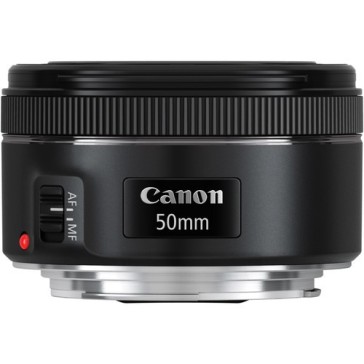
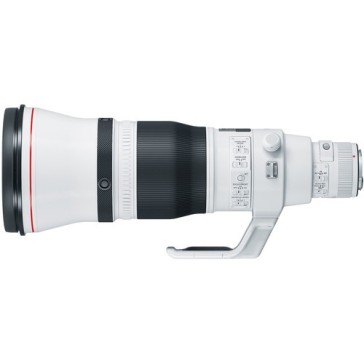
The manual focus on a DSLR is the true reason behind most of the stunning, visually-appealing images we see. Once you have mastered the art of using a manual focus lens, there is no going back.
The various uses for a MF lens in a DSLR make it a preferred choice amongst photographers. You become the one truly in charge of what you capture. By adjusting to a setting that you like, you can manipulate the images to produce high-quality results. Manual focus in cameras has changed the way photographers visualize and play with their creativity.
Uses of Manual Focus Lens
The best manual focus lenses in the market are usually those that have a variety of options of features so that you can adapt to every environment with ease. Keeping in mind the following points that describe the uses of a manual focus camera:
Aperture
Aperture, which is simply the amount of light that passes through your lens and is expressed in f-numbers (f/3, f/6, and so on). On your manual focus slr lens, you can twist the dial to either allow or restrict the light from passing through. Through this, you can even adjust your depth of field to deliver sharp or blurred images.
MF lenses help you alter the image as per your preference. Especially when the lighting conditions are bleak, this feature helps you create the perfect conditions to capture the shot.
Depth of Field
The depth of field helps you to adjust the focal length to give you your desired look. A thin depth of field helps you achieve a shallow focus look that keeps the subject in focus while blurring the background. A large aperture makes this possible.
On the other hand, a deep depth of field will help you capture sharp and defined images that show the true image. Keeping your aperture small will ensure that this can be achieved with ease. When you want your subject in focus, you can use your manual focus DSLR to adjust accordingly and vice-versa.
Street Photography
Most manual focus camera’s come with a preset setting so that when you want to go out and capture pictures on the street, you don’t even have to look into the viewfinder to adjust the settings. When you want to explore this kind of photography, it is often important to be able to capture moments without worrying about the lighting or the depth of field. This is where a manual focus lens comes in handy.
While it is not for everyone, but in a professional setting, knowing the usage of a manual focus DSLR is important.
Manual lenses help the photographer customize their product while capturing it. It is used to save time in editing while experimenting with different ways a shot can be taken.
Canon DSLR lenses are revered for their precision engineering, versatility, and durability. Each lens undergoes rigorous testing to ensure it meets the highest standards, making them a preferred choice for professionals and enthusiasts alike.
Canon employs advanced optical engineering techniques, uses high-quality glass elements, and applies specialized coatings to their lenses. This ensures minimal distortion, reduced chromatic aberration, and enhanced sharpness across the frame.
Canon offers a diverse range of DSLR lenses suitable for various genres, including landscapes, portraits, wildlife, sports, macro, and more. Their versatility ensures that photographers can find the perfect lens for any situation.
Canon continuously innovates, and the future of their DSLR lenses promises advancements in optical design, autofocus technology, and image stabilization. This means better image quality, faster autofocus speeds, and more creative possibilities for photographers.



Most units are shipped same day using professional courier services with tracking.
We work round the clock to ensure you get the highest level of customer satisfaction.
Well packed, Sealed Units are shipped from our warehouse which are waterpoof & sturdy.
Design Info
GST: 27AYUPJ2628P1ZK
No.1, Saremals, Shastri Hall Building,
Nana Chowk, Grant Road West,
Mumbai 400007, Maharashtra, India
New Delhi Branch – South Ex 2, 110049
Also Ships DAILY from Brisbane, Dubai,
Berlin, Barcelona, Detroit & Vancouver.
Connect online / schedule a demo
Call/WhatsApp: +91-9699976817
Email: [email protected]
Live Chat: Business Hours
Follow Us: @designinfo.in
Copyright © 2014-2022 Design Info All Rights Reserved. Feedback on web experience
Since 1969